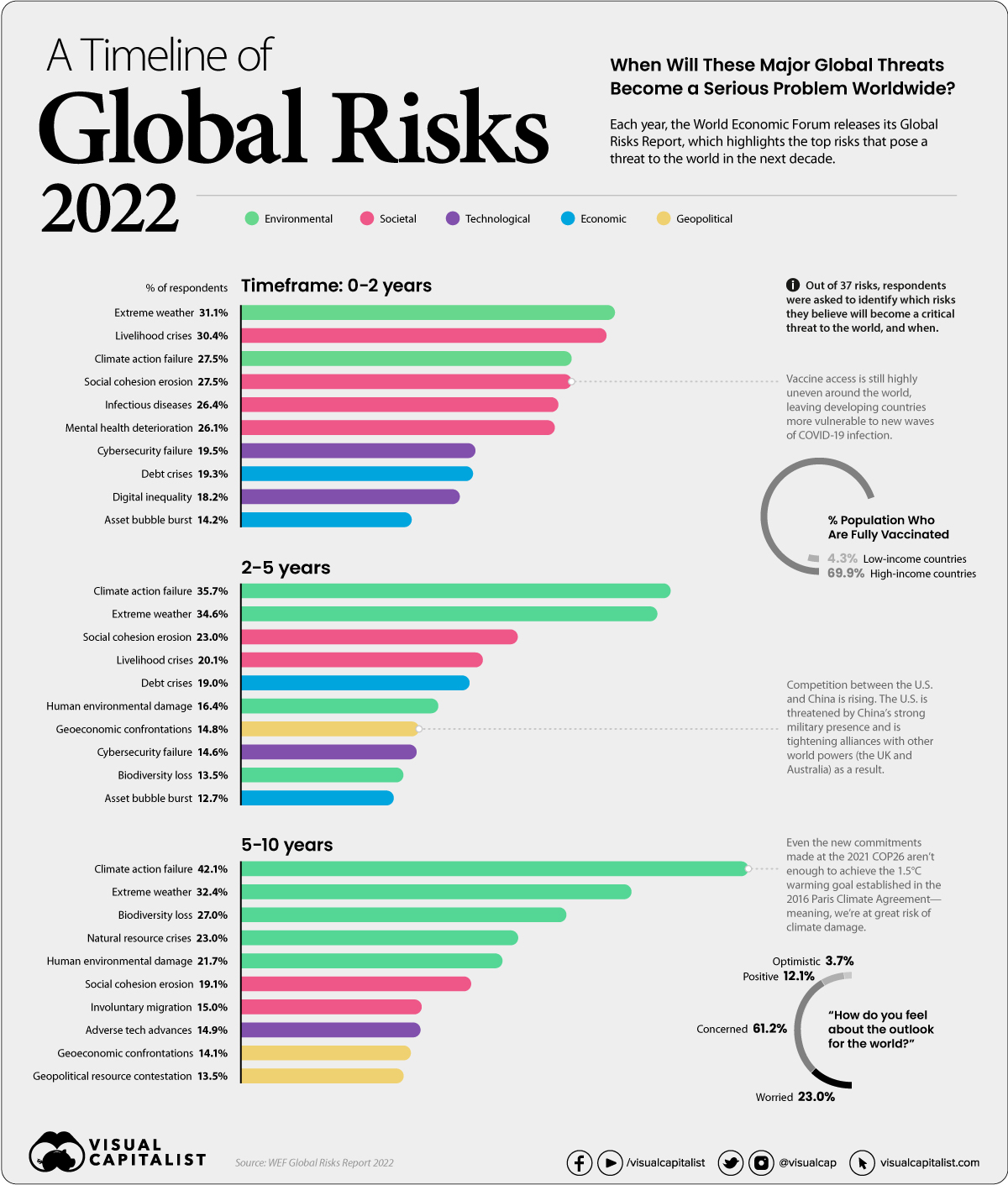Getting More For Your Money: A Guide To Affordable Shopping

Table of Contents
Planning and Budgeting for Affordable Shopping
Before diving into the thrill of finding deals, a solid foundation of planning and budgeting is crucial for affordable shopping. This section will equip you with the tools to master your spending and make your money go further.
Creating a Realistic Shopping Budget
Creating a realistic budget is the cornerstone of affordable shopping. It involves understanding your spending habits and setting achievable financial goals.
- Track your spending: For a month, meticulously track every penny you spend. Use budgeting apps like Mint or YNAB (You Need A Budget), or a simple spreadsheet. This reveals spending patterns you might not be aware of.
- Categorize your spending: Allocate specific amounts for different categories: groceries, clothing, transportation, entertainment, etc. This provides a clear picture of where your money goes.
- Prioritize needs over wants: Distinguish between essential purchases (groceries, rent) and impulsive buys (that cute top you don't need). Focusing on needs first frees up funds for carefully selected wants.
- Set savings goals: Aim for a specific savings amount each month. This supports your affordable shopping habits by providing a buffer for unexpected expenses.
Utilizing Shopping Lists and Meal Planning
Strategic planning prevents impulsive purchases and ensures you buy only what you need. This is particularly effective for grocery shopping, a major area of household spending.
- Meal planning: Plan your meals for the week. This prevents last-minute takeout orders and ensures you buy only the necessary ingredients.
- Detailed shopping lists: Create detailed lists based on your meal plan, avoiding browsing the aisles and succumbing to tempting impulse buys.
- Stick to your list: Discipline is key! Resist deviations from your shopping list to stay within budget.
- Check for sales and coupons: Before heading to the store, check for weekly flyers, online coupons, and retailer apps for discounts.
- Buy in bulk (wisely): Buying in bulk can save money on non-perishable items, but only if you'll actually use them before they expire.
Finding the Best Deals and Discounts
Once you have your budget in place, it's time to become a savvy deal hunter. This section focuses on strategies to maximize your purchasing power and minimize your spending.
Mastering the Art of Couponing
Couponing isn't just for extreme savers; it's a powerful tool for everyone. Combining coupons with sales maximizes savings.
- Online and print coupons: Utilize both online coupon websites and printable coupons from newspapers and manufacturer websites.
- Loyalty programs: Sign up for loyalty programs at your favorite stores to earn points, discounts, and exclusive offers.
- Coupon apps: Explore coupon apps like Coupons.com or RetailMeNot to find deals and discounts.
- Stacking coupons: Learn the art of stacking coupons—combining manufacturer coupons with store coupons for maximum savings.
Utilizing Sales and Promotions
Seasonal sales and promotions are prime opportunities to save. Being aware of these events can significantly reduce your spending.
- Seasonal sales: Take advantage of major sales events like Black Friday, Cyber Monday, and end-of-season clearances.
- Clearance racks and discounts: Check clearance sections in stores for deeply discounted items.
- Email alerts: Sign up for email newsletters from your favorite stores to receive notifications about upcoming sales and promotions.
- Student and senior discounts: Don't forget to ask about student or senior discounts, which are often available.
- Free shipping: Look for free shipping offers to avoid additional costs.
Exploring Secondhand Shopping Options
Secondhand shopping is not only budget-friendly but also environmentally conscious. There are numerous options available.
- Thrift stores and consignment shops: Explore local thrift stores and consignment shops for gently used clothing, furniture, and other items.
- Online marketplaces: Use online marketplaces like eBay, Craigslist, and Facebook Marketplace to find great deals on a wide variety of items.
- Borrowing and renting: Consider borrowing or renting items instead of buying them outright, especially for infrequently used items.
- Clothing swaps: Participate in clothing swaps with friends or through online communities to exchange clothes.
- Resale platforms: Utilize online resale platforms like Poshmark or ThredUp for high-quality secondhand clothing and accessories.
Smart Shopping Strategies for Everyday Purchases
Even for everyday purchases, smart strategies can make a big difference in your overall spending.
Comparing Prices and Reading Reviews
Before purchasing anything, always compare prices and read reviews to ensure you're getting the best value for your money.
- Price comparison websites: Utilize price comparison websites like Google Shopping to compare prices from different retailers.
- Online reviews: Read online reviews from other consumers to gauge product quality and reliability.
- Consider longevity: Prioritize quality and durability over low prices; a more expensive, longer-lasting item can save you money in the long run.
Avoiding Impulse Buys
Impulse buys are a major drain on your budget. Developing strategies to avoid them is crucial.
- The 24-hour rule: Wait 24 hours before making a significant purchase. This often reveals whether the item is a true need or an impulsive want.
- Unsubscribe from marketing emails: Unsubscribe from tempting marketing emails to reduce exposure to impulse-inducing advertisements.
- Avoid shopping when stressed or hungry: Shopping when emotionally vulnerable often leads to regrettable purchases.
- Consider the true cost: Factor in interest and fees when making larger purchases like appliances or electronics.
Conclusion
Getting more for your money requires a conscious effort and the implementation of smart shopping strategies. By combining careful planning, effective budgeting, and the savvy use of discounts and deals, you can significantly reduce your spending and still enjoy a fulfilling lifestyle. Remember, affordable shopping isn’t about deprivation; it’s about making informed choices and getting the most out of your hard-earned money. So start planning your budget, hunting for those deals, and embrace the joy of affordable shopping! Learn more about effective techniques for getting more for your money with our additional resources [link to other relevant content].

Featured Posts
-
 Tuerker Inanoglu Na Guelsen Bubikoglu Ndan Gelen Destek Mesaji
May 06, 2025
Tuerker Inanoglu Na Guelsen Bubikoglu Ndan Gelen Destek Mesaji
May 06, 2025 -
 2025 Gold Market Facing First Double Digit Weekly Losses
May 06, 2025
2025 Gold Market Facing First Double Digit Weekly Losses
May 06, 2025 -
 Demi Moores Daughters Cryptic Ashton Kutcher Comment Regret And Fallout
May 06, 2025
Demi Moores Daughters Cryptic Ashton Kutcher Comment Regret And Fallout
May 06, 2025 -
 Can Venice Be Saved A Comprehensive Look At The Citys Future
May 06, 2025
Can Venice Be Saved A Comprehensive Look At The Citys Future
May 06, 2025 -
 The Trump Administration And Trade An Economic Risk Assessment
May 06, 2025
The Trump Administration And Trade An Economic Risk Assessment
May 06, 2025
